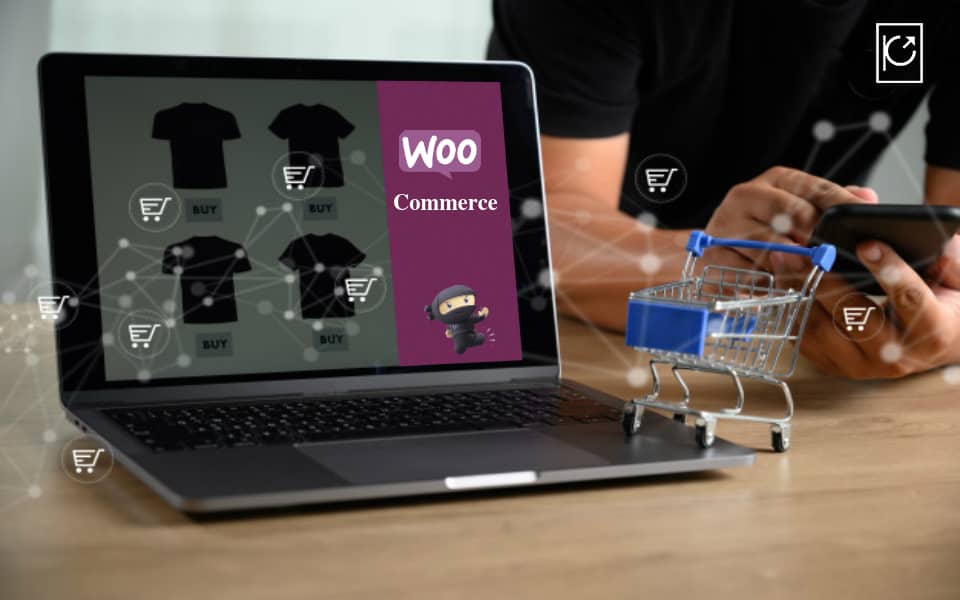Everyone loves emojis, right? There will likely be a minimum of one emoji in the last ten texts you sent or received on your phone from different persons. Emojis are difficult to entirely avoid these days, and not just among younger generations; older generations have also embraced emojis.

The emoji is one of the 21st century’s most practical shorthand communication techniques. Emojis can be used in social media posts or email campaigns to add charm. Emojis are really used in almost half of all Instagram comments and captions, and utilizing them on Twitter can increase engagement by 25.4%.
Eventually, using emojis correctly can increase brand recognition and make your audience feel delighted. Emojis may elevate your communication and help you stand out in a busy inbox. Also, you can swap them for general, overused phrases like “money” to add freshness and attractiveness to your text.
However, emojis can be confusing, and it can be challenging to distinguish between their various meanings. We’ve prepared a collection of the most popular emojis and how to utilize them regardless of your marketing reasons, to make sure you employ emojis to effectively engage and please your audience. We’ll also discuss which emojis your company should avoid towards the conclusion.
Interpretation of Emojis
Let’s start by looking at some of the expressions that you could use in your marketing content to represent various emotions.
1. The Heart Eyes Emoji 😍
Use a heart-eye emoji to express your love for anything, whether it’s a brand-new product or a blog post you want to share on social media.
2. Side-Eye Emoji 😏
The most typical use of this side-eye emoji is to convey a smirk in response to a caustic or ambiguous joke that could potentially be taken seriously if taken out of context. In the end, you should utilize this emoji if you want to show off the humorous side of your company or if you’re not sure if your audience will get your joke.
3. The Eyes Emoji 👀
To bring attention to a website or picture you would like to share with an audience, use the eyes emoji. It’s easy and entertaining. You may want to think about utilizing the eyes as a humorous substitute for “Look at this.
4. Flushed/Embarrassed Face Emoji 😳
Your brand has a great opportunity to express humility or thanks for success or honor by using the flushed face emoji. For instance, if you’re posting an article that names you as a leading business in your sector, you might display a flushed face. In contrast, the flushed face emoji is frequently used to merely convey happiness or delight.
5. A Hand-Raised Emoji ✋
The hand-up emoji is typically used by companies to imply a level of eagerness or participation, such as “Join me up!” You could employ the hands-up emoji to count how many individuals are available to assist for internal use.
6. The Laughing Emoji 🤣
The laughing emoji, which is the most often used in the United States, is one of the simplest methods to convey humor or amusement. Also, using the laughing emoji is a great way to show off your brand’s humor.
7. The Monkey Emoji 🙊🙉🙈
It’s cute to use the monkey face concealing emoji to convey shyness or shame. If your company makes a mistake, it might respond with the monkey emoji by saying something like, “Glad you appreciated our tool, even though it didn’t function the first time.”
8. A Hand-Wave Emoji 👋
The waving emoji is a fun and easy way to greet someone or bid them farewell. To show your new subscriber some warmth, think about including it in your welcome email. As an alternative, you might utilize the emoji to humorously introduce a new good or service to your audience.
9. The Thumbs Up Emoji 👍
The thumbs-up emoji is a standard that may be used to call for immediate audience interaction or to show your company’s approval because it is comparatively universal. For illustration, you may post on Instagram, “How do you feel about our updated company logo? Give us a 👍 or 👎 This enables very little effort on the part of your audience to interact with your brand.
10. Thinking Emoji 🤔
The thinking emoji is frequently used to represent someone who is deeply contemplating or debating the truth of a statement. It can be used to convey a degree of uncertainty regarding a contentious topic, such as “Hmm… not sure about it though.” As an alternative, you could use the thinking emoji on social media as little more than a visual cue to ask your audience to consider an idea following a question or poll.
Closing Up
These are the interpretation of popular emojis to be used in your marketing campaigns. If you wanna know more about emojis must check our blog on Do’s and Don’t of utilizing Emojis in your Marketing Tactics.





